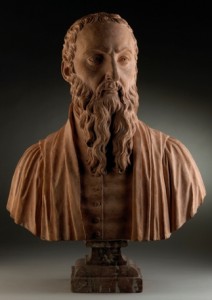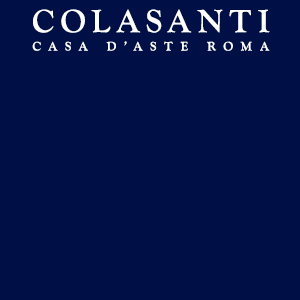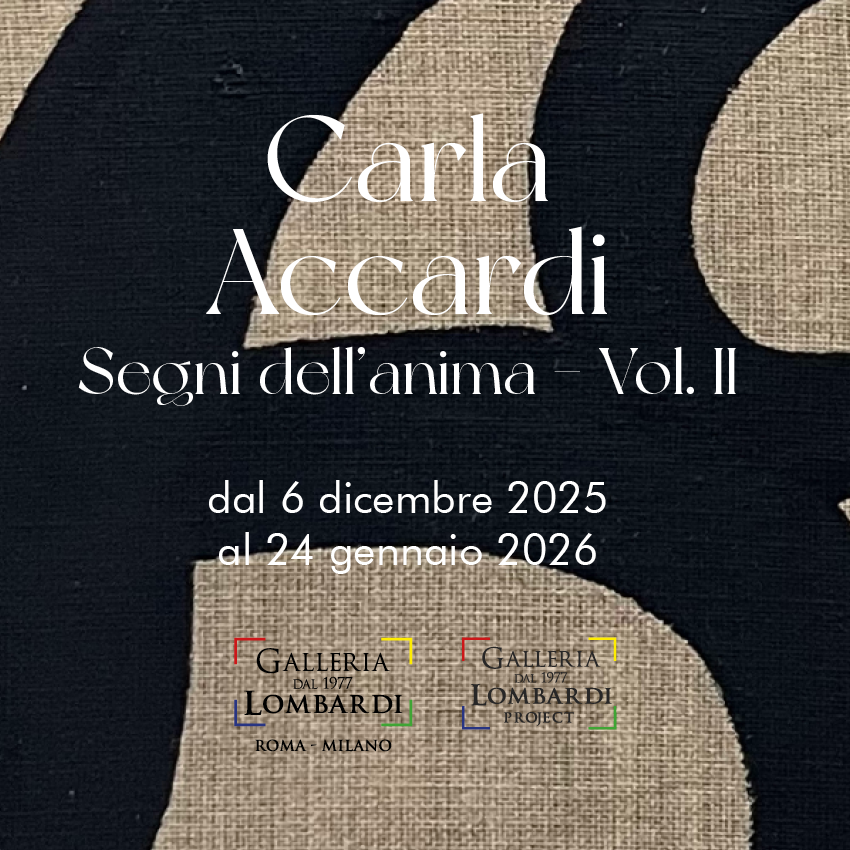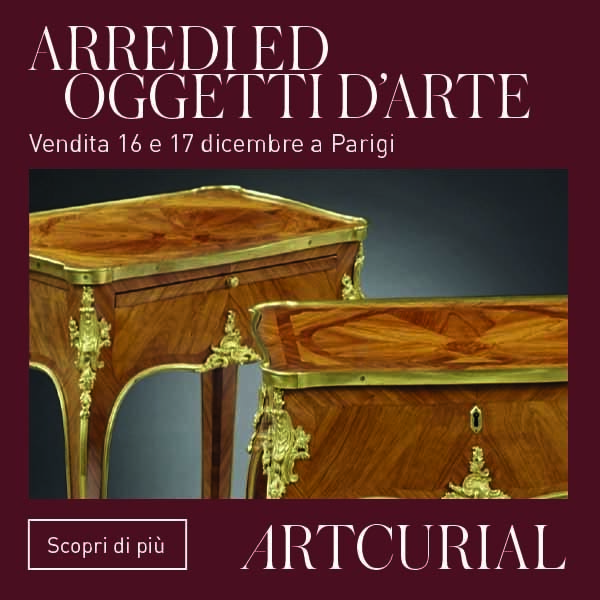 A terracotta bust of the renowned 16th century French philosopher and essayist Michel de Montaigne (1533-1592) by the most important neoclassical Flemish sculptor of his time, Gilles-Lambert Godecharle (1750-1835), will be among the superb examples of European sculpture to be offered by Tomasso Brothers at TEFAF Maastricht. The fair, the world’s leading art and antiques event, takes place at the Maastricht Exhibition and Congress Centre (MECC) from 15 to 24 March 2013. Stand 165
A terracotta bust of the renowned 16th century French philosopher and essayist Michel de Montaigne (1533-1592) by the most important neoclassical Flemish sculptor of his time, Gilles-Lambert Godecharle (1750-1835), will be among the superb examples of European sculpture to be offered by Tomasso Brothers at TEFAF Maastricht. The fair, the world’s leading art and antiques event, takes place at the Maastricht Exhibition and Congress Centre (MECC) from 15 to 24 March 2013. Stand 165
This splendid terracotta is a documented work and the model for the stone bust now in the Musée d’art Ancien (Musée Royal des Beaux Arts, Brussels) commissioned by Jean-Baptiste Plasschaert for the park of the Kasteel van den Heer Burggraaf de Spoelbergh on the Wespelaer estate near Leuven (Louvain). In the last decade of the 18th century, the estate was acquired by the famous brewer Leonard Artois, whose brewery is known today as Stella Artois. One of Artois’ daughters, Jeanne-Marie Artois, married Jean-Baptiste Plasschaert who transformed the rather modest château into a more luxurious residence. To adorn the park, Plasschaert commissioned the celebrated sculptor Gilles-Lambert Godecharle, from 1791 to 1822, to create 37 busts of such famous men from history as Socrates, Plato, George Washington and Montaigne, which were placed around an obelisk on a small circular island in the castle pond. By the beginning of the 19th century, Wespelaer was generally recognised as one of the most beautiful estates in the country. This bust depicting Michel de Montaigne is priced in the region of €175,000.
Outstanding amongst the bronzes to be shown by Tomasso Brothers at TEFAF is a pair by Francesco Bertos depicting two scenes from classical literature, the Heroism of Marcus Curtius and The Farnese Bull, c. 1730-40. According to legend, in 362 BC a deep chasm opened in the Roman Forum. The seers declared that the pit would never close until Rome’s most valuable possession was thrown into it. Claiming that nothing was more precious than a brave citizen, the legendary hero Marcus Curtius leaped, fully armed and on horseback, into the chasm which immediately closed. The spot was covered by a pond, known as the Lacus Curtius, which was dry by the 1st century BC and this tale is the most widespread of those invented to explain its name. The second work shows Zethus and Amphion, the twin builders of Thebes, tying their stepmother Dirce to the horns of a wild bull to punish her for tormenting their mother, Antiope, a subject taken from Greek mythology. These are amongst the largest bronzes by Bertos, a prominent Venetian sculptor of the first half of the 18th century. According to Charles Avery, whose 2008 monograph has provided significant new research on the artist and his work, Bertos found inspiration in Italian Renaissance and Baroque sculpture but developed a personal and distinguishable style.
This is the second time that Tomasso Brothers have exhibited at TEFAF and they look forward to welcoming collectors, curators and enthusiasts to their stand which promises to be as striking as it was in their debut year.












